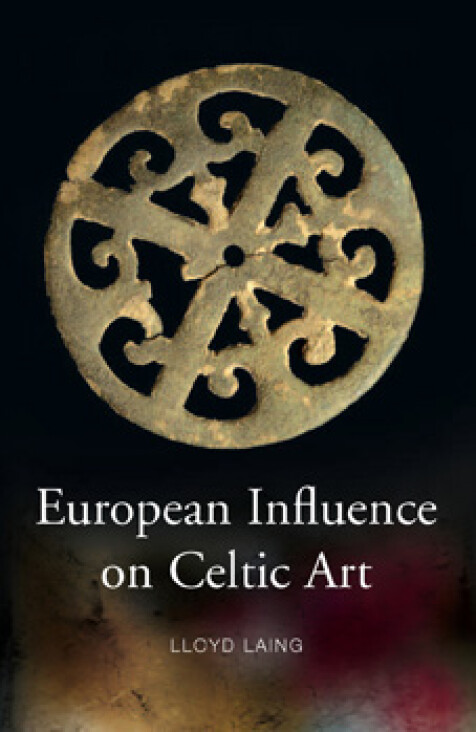European influence on Celtic art
Patrons and artists
Lloyd Laing
‘Laing highlights the many “Celtic” motifs that can also be found in the arts of the Roman Empire and later Christian cultures. As such, it is a very useful demonstration of the need to consider the art of any culture in a regional and even global context … The author does an exceptional job of detailing the many instances in which familiar motifs in Celtic art can be traced to antecedents in other cultures, as well as the means by which they may have entered the visual lexicon … this volume will be an essential resource […] for anyone interested in the art of the early Middle Ages as a whole. It makes its points convincingly, is clearly organized and deeply researched, and is a welcome addition to the field', Ben C. Tilghman, Speculum (April 2011).
‘The way Laing has gracefully mastered and synthesized the details of hundreds of objects and reports from the period 350–c.1200 CE is absolutely amazing. The author has fashioned a new view of an old world – an ancient prehistoric civilization suddenly enriched by the exciting concepts of Christianity. The study is a capstone of more than 35 years of scholarly work in Celtic studies … there are numerous attractive, useful, coffee-table-type books about Celtic art – its jewelry, manuscripts, and stone crosses. This is a far more serious and valuable study … essential', E.J. Kealey, Choice (November 2010).
'This is definitely an academic book, but even so has some great material for the determined gossip … A great deal of Laing’s book is concerned with the types of designs and objects used in Celtic art, and their provenance – designs and objects with wonderful names: triskeles, leaf-and-pellet, peltas … Laing follows the development of Celtic art and artisans. His fascinating book describes the workshops, the patrons, the subjects, the symbols and images. Every designer should have a copy of this book, a wonderful resource', Lucille Redmond, Books Ireland (Summer 2010).
‘Over the last century or so it was popular to treat Celtic art as something distinct and untouched by that of other cultures. This was a political, rather than historical view. In this study, intended for students and general readers, Laing modifies this unlikely supposition by showing how Celtic art from 350-1200 AD was influenced by Roman, Anglo-Saxon, Danish, French and even near Eastern forms and themes … the ways in which Irish artists interacted with other cultures, borrowing what seemed useful in art to create masterpieces unique to themselves, should be a satisfaction to even a die-hard Celtic chauvinist. Laing’s work emphasizes the cosmopolitan nature of the Celtic people', Reference & Research Book News (May 2010).
‘Laing’s book is a welcome antidote to more inwardly focused and separatist views of Celtic art, placing the Insular tradition firmly in a European perspective … Laing considers the often-controversial arguments over influences and shows their wide range, from the near East through Rome itself to the new Rome in the West, the Carolingian Empire. He emphasises the amount of movement to and from the Continent, especially among monks – a phenomenon too easily forgotten … It is an attractive book, an easy and worthwhile read, and one to return to as a handy crib and springboard into the more obscure reaches of Insular art scholarship. It will serve not only its target audience but a much broader readership very well indeed – and if the souvenir shops of Grafton Street or the Royal Mile do a little less trade as the “Celtic Spirit” becomes more European, it is a price worth paying', Fraser Hunter, Innes Review (2011).

